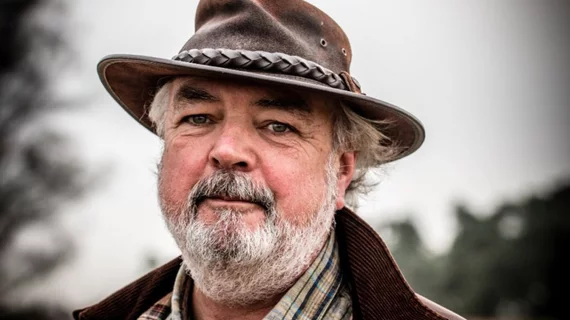New MRI technique tracks molecular changes in the brain as it ages
A team of researchers has found that quantitative MRI (qMRI) can be used to monitor molecular changes in the brain, sharing its findings in Nature Communications. The technique gives providers a new way to observe a patient’s brain, an update they say could help treat neurodegenerative diseases such as Alzheimer’s and Parkinson’s.
“Instead of images, our qMRI model provides molecular information about the brain tissue we're studying,” contributing author Aviv A. Mezer, Hebrew University of Jerusalem, said in a prepared statement. “This could allow doctors to compare brain scans taken over time from the same patient, and to differentiate between healthy and diseased brain tissue, without resorting to invasive or dangerous procedures, such as brain tissue biopsies.”
Since this technique helps providers see what’s happening in a patient’s brain at a molecular level, it helps them spot signs of harmful diseases that may have not previously been visible. It also has the potential to help researchers learn more about the aging process and what it does to the human brain.
“When we scanned young and old patients' brains, we saw that different brain areas ages differently,” Mezer said in the same statement. “For example, in some white-matter areas, there is a decrease in brain tissue volume, whereas in the gray-matter, tissue volume remains constant. However, we saw major changes in the molecular makeup of the gray matter in younger versus older subjects.”
Overall, the authors wrote in their analysis, researchers can now differentiate “the effects of normal aging from those of neurodegenerative diseases.”
“There is also great potential for applications in other brain research fields besides aging,” they wrote.” For example, our approach may be used to advance the study and diagnosis of brain cancer, in which the lipidomic environment undergoes considerable changes.”

